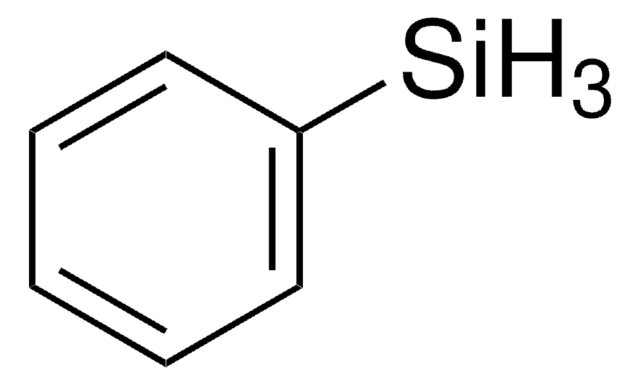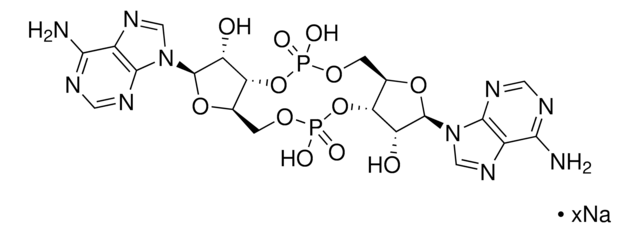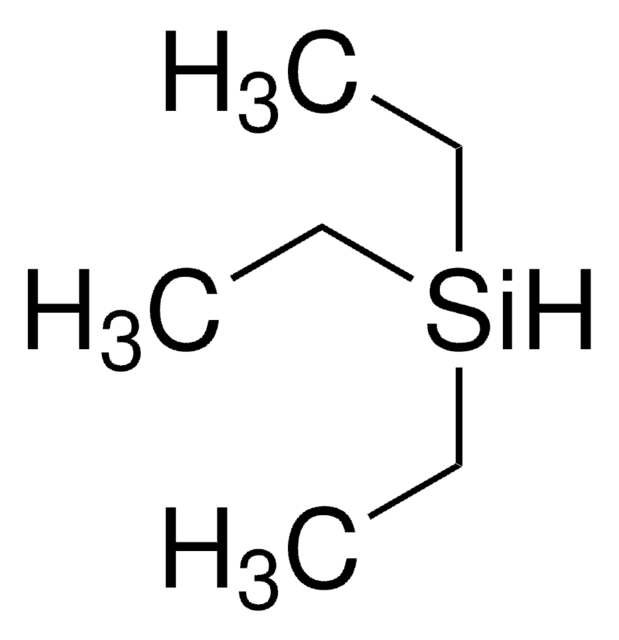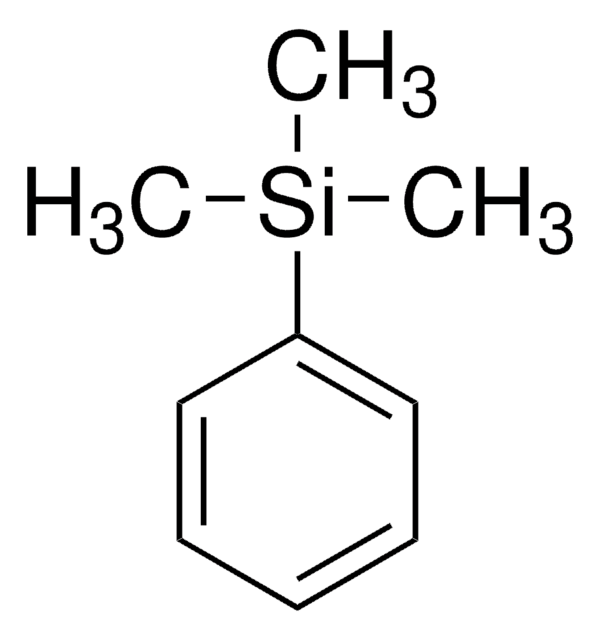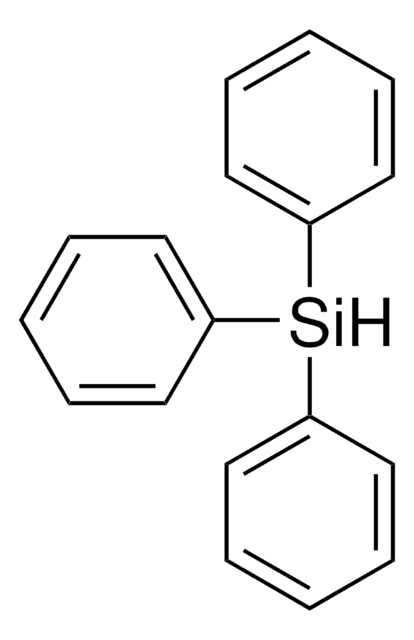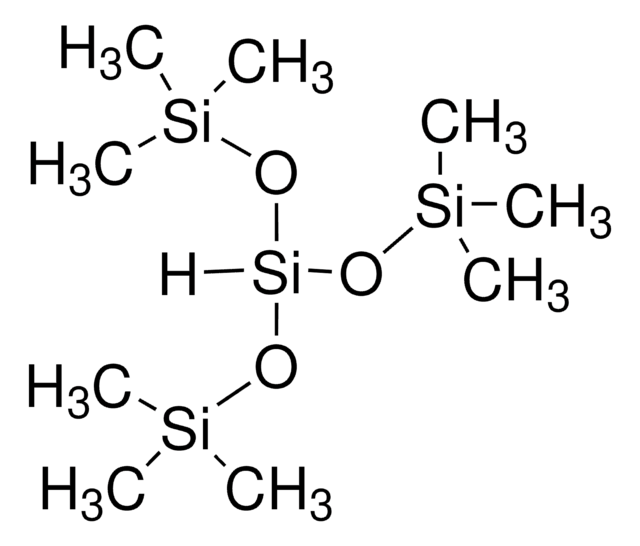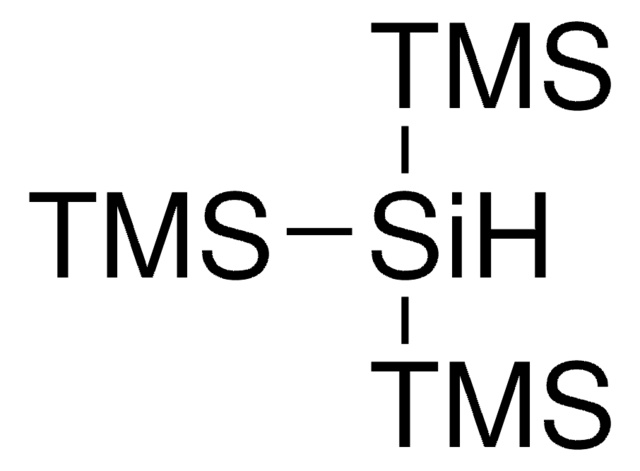Kluczowe dokumenty
SML1957
ML RR-S2 CDA sodium salt
≥95% (HPLC)
Synonim(y):
Dithio-(Rp, Rp)-2′,3′-CDA sodium salt, Dithio-(Rp, Rp)-2′,3′-c-diAMP sodium salt, Dithio-(Rp, Rp)-2′,5′-3′,5′-c-diAMP sodium salt, Dithio-(Rp, Rp)-[cyclic[A(2′,5′)pA(3′,5′)p]] sodium salt
About This Item
Polecane produkty
Poziom jakości
Próba
≥95% (HPLC)
Postać
powder
kolor
white to beige
Warunki transportu
wet ice
temp. przechowywania
−20°C
ciąg SMILES
NC1=NC=NC2=C1N=CN2[C@H]3[C@H](O)[C@H](OP4([S-])=O)[C@@H](COP(O[C@H]5[C@@H](O)[C@H](N(C=N6)C7=C6C(N)=NC=N7)O[C@@H]5CO4)([S-])=O)O3.[R].[R].[Na+]
Działania biochem./fizjol.
Kod klasy składowania
11 - Combustible Solids
Klasa zagrożenia wodnego (WGK)
WGK 3
Temperatura zapłonu (°F)
Not applicable
Temperatura zapłonu (°C)
Not applicable
Certyfikaty analizy (CoA)
Poszukaj Certyfikaty analizy (CoA), wpisując numer partii/serii produktów. Numery serii i partii można znaleźć na etykiecie produktu po słowach „seria” lub „partia”.
Masz już ten produkt?
Dokumenty związane z niedawno zakupionymi produktami zostały zamieszczone w Bibliotece dokumentów.
Nasz zespół naukowców ma doświadczenie we wszystkich obszarach badań, w tym w naukach przyrodniczych, materiałoznawstwie, syntezie chemicznej, chromatografii, analityce i wielu innych dziedzinach.
Skontaktuj się z zespołem ds. pomocy technicznej
